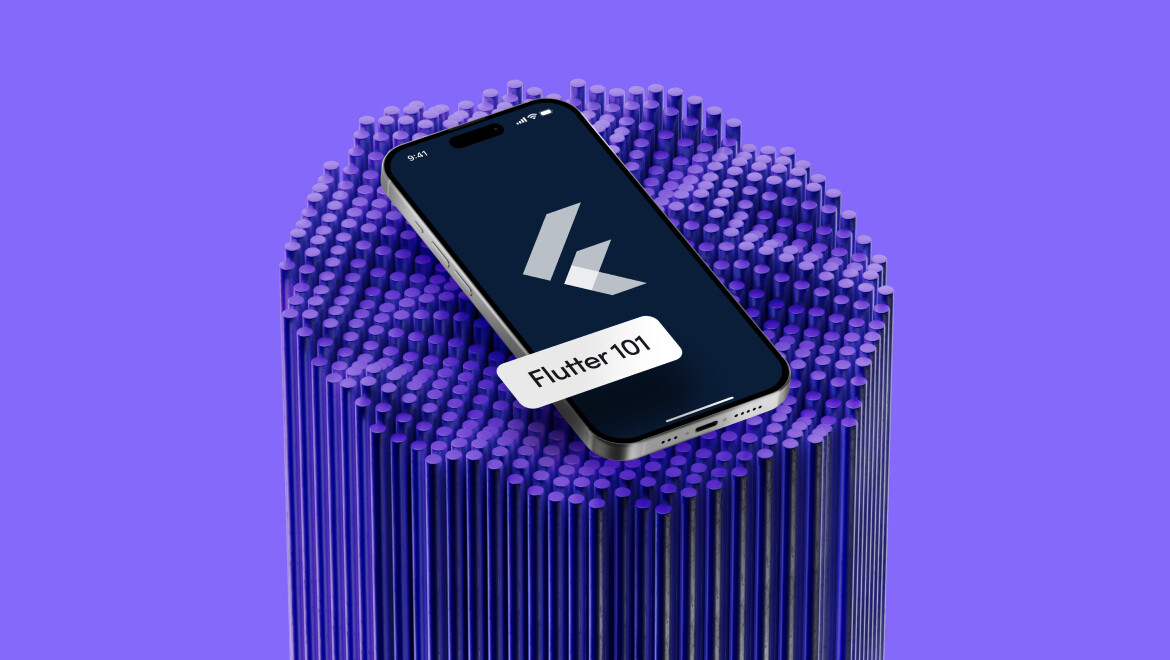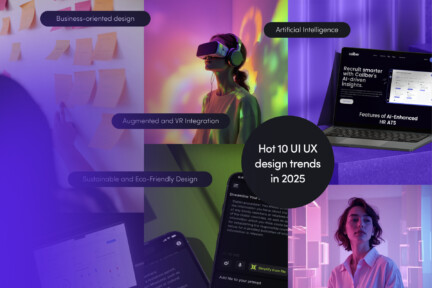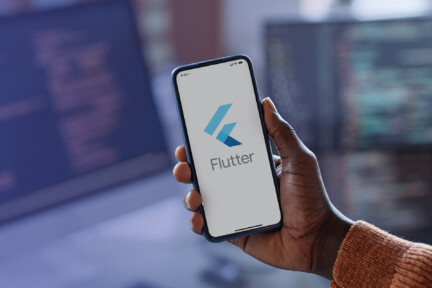

UI Design in Flutter
UI in Flutter
UI Flutter refers to the User Interface (UI) components and design framework offered by Flutter, Google’s open-source UI toolkit for building natively compiled applications. Flutter allows developers to create visually appealing, responsive UIs for mobile, web, and desktop platforms from a single codebase.
Key Features of UI in Flutter
- Widget-Based Architecture:
- Flutter’s entire UI framework is based on widgets. Widgets are the core building blocks of any Flutter application, defining how every part of the interface behaves and appears. These widgets are arranged in a hierarchical tree structure, which enables Flutter to efficiently render complex UI.
- Everything in Flutter is a widget—from buttons and text fields to layouts and animations. Developers can easily combine and customize these widgets to build highly interactive UIs.
- Customizable and Flexible Widgets:
- Flutter provides a rich set of pre-built widgets like Material Design and Cupertino (iOS-style) widgets, which ensure that your app follows native guidelines for both Android and iOS platforms.
- The framework allows for deep customization, meaning developers can build custom widgets or modify existing ones to create unique UI elements tailored to specific app needs.
- Fast Rendering and Performance:
- Flutter uses its own Skia graphics engine to render UI directly to the canvas, bypassing the native UI components of each platform. This allows for fast rendering and smooth animations, resulting in a highly responsive user experience.
- The UI in Flutter is known for its 60 FPS smoothness, making it ideal for complex animations or apps that require a rich visual experience.
- Hot Reload for UI Development:
- One of the standout features of UI development in Flutter is Hot Reload, which allows developers to see changes in real-time as they modify the code. This significantly speeds up the UI design process, as developers can instantly preview how their changes impact the app’s look and feel.
- Responsive and Adaptive UI:
- Flutter makes it easy to create responsive UIs that adapt to different screen sizes and orientations. Whether building for mobile, tablet, or desktop, developers can use Flutter’s layout widgets like Expanded, Flexible, and MediaQuery to ensure the UI scales gracefully across devices.
- For platform-specific UIs, Flutter allows the use of different themes or layouts based on the target platform, ensuring a consistent user experience on both iOS and Android.
Popular UI Widgets in Flutter
- Container: The Container widget is a versatile widget used for creating rectangular visual elements, including background colors, padding, margins, and borders.
- Row and Column: These are layout widgets that arrange children horizontally (Row) or vertically (Column). They are essential for structuring the layout of UI elements.
- Stack: The Stack widget allows you to place widgets on top of each other, enabling complex layouts like overlays or z-index control.
- ListView: This widget is commonly used for creating scrollable lists of items, an essential part of many apps with dynamic content.
Advantages of Flutter for UI Development
- Cross-Platform Consistency: UI Flutter allows developers to build consistent UIs across platforms using a single codebase, eliminating the need for maintaining separate codebases for different platforms.
- Rich Animations and Motion: Flutter makes it simple to create beautiful, animated UIs using built-in animation libraries. Widgets like AnimatedBuilder and AnimatedContainer allow for smooth transitions and animations.
- Effortless Theming: With Flutter, you can define global themes for your entire app, ensuring a consistent look across all screens. The ThemeData class allows you to easily manage colors, typography, and other design aspects.
Curious about more information and the latest trends in the efficient use of Flutter Widgets? Head to our comprehensive guide, Flutter App Development: Best Practices.
Practical Applications of UI in Flutter
- Mobile Applications: Flutter is highly popular for creating mobile apps due to its native-like performance and beautiful UI capabilities on both Android and iOS platforms.
- Web and Desktop Apps: Developers are increasingly using Flutter to build rich web and desktop UIs that are both interactive and visually engaging, leveraging the same codebase across different platforms.
- Prototypes and MVPs: The speed and flexibility of UI development in Flutter make it a preferred choice for startups and companies looking to quickly design Minimum Viable Products (MVPs) with polished, modern interfaces.
UI in Flutter is one of the framework’s strongest features, offering a widget-based architecture that makes it easy to build highly customizable and responsive UIs. Other Flutter benefits include the ability to create native-like UIs with fast performance, combined with features like Hot Reload and cross-platform compatibility, which makes Flutter a powerful tool for businesses looking to build apps with rich, adaptive user interfaces across mobile, web, and desktop platforms.
Ready to discover more terms?





